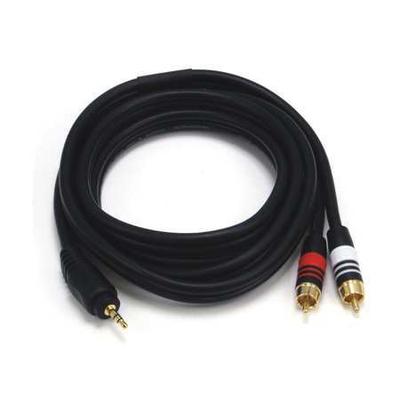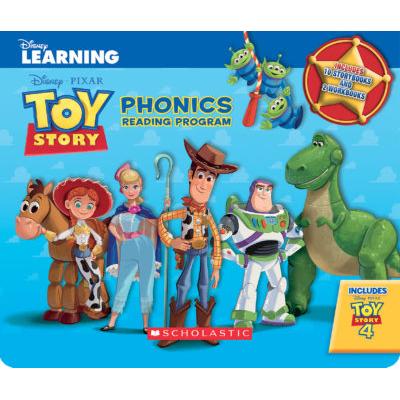Top 4 foods that help manage eosinophilic esophagitis

Eosinophilic esophagitis is a chronic inflammatory immune condition that causes eosinophils to build up in the esophagus lining. This build-up can lead to symptoms such as trouble with swallowing food, allergic reactions, chest pain, and more. The condition is caused mainly due to allergic reactions to outside food substances. This is why it is important to avoid certain types of food and food allergens and instead opt for a few healthy alternatives such as:
Dairy-free alternatives
Dairy products such as milk, cheese, butter, ghee, etc., should be avoided to manage eosinophilic esophagitis, as dairy products are common food allergens. Long exposure to these foods could lead to the development of eosinophilic esophagitis. Individuals who have EoE should switch to dairy-free alternatives instead of dairy products. They can try milk substitutes from coconut, hemp, and even rice. Moreover, dairy-free cheese and yogurt give the essential nutrients a body requires for smooth functioning.
Nuts
Nuts are also a big no-no when it comes to eosinophilic esophagitis. Those with this condition should avoid nuts like peanuts and cashews. They should also avoid nut butter, nut-based foods, and nut milk. That said, some nuts are safe for consumption, even with eosinophilic esophagitis. These include macadamia nuts and pine nuts. Seeds are comparatively safe, and those with eosinophilic esophagitis can have sunflower seeds, pumpkin seeds, sesame seeds, and more to their meals. Coconut is also a safe food and can be added to meal plans. It is recommended to check in with a healthcare professional about what food works and what doesn’t.
Gluten-free grains and foods
Grain allergies occur when the body’s immune system reacts to certain proteins. These proteins could also trigger eosinophilic esophagitis if consumed for a long period of time. Grain allergies are typically caused due to the protein known as gluten which is found in wheat and other grains. This is why one must eliminate grains from their meal. It also means removing foods, such as pasta and bread, that contains gluten and other triggering proteins. Instead, one can opt for gluten-free foods and substitute wheat with amaranth, arrowroot, legumes, corn, rice, and even rye.
Meat
Fish is another common food that has proven unsafe for those with eosinophilic esophagitis. This is why avoiding all types of seafood, including shellfish, crabs, oysters, and shrimp is safer. Instead, switching to chicken, turkey, and other healthy meat sources is better for getting a lean protein intake.
Recent Articles
Recent Questions
What kind of life insurance builds cash value?
The rest of the premium payment will go toward your policy's cash value. The life insurance company generally invests this money in a conservative-yield investment. As you continue to pay premiums on the policy and earn more interest, the cash value grows over the years.
What is meant by insurance plans?
An insurance plan is the one that consists of a premium amount and other components used in getting a product insured. There may be various types of insurance plans with varying terms and policies.
What are the common components of insurance?
The most important components of most insurance plans are the premium and the contract. Anything written in the contract becomes its crucial component.
What are the various types of insurance policies?
There are various kinds on insurance policies that are available on various assets. Auto, health, commercial vehicle, and travel insurance are some of the popular types of insurance policies.








